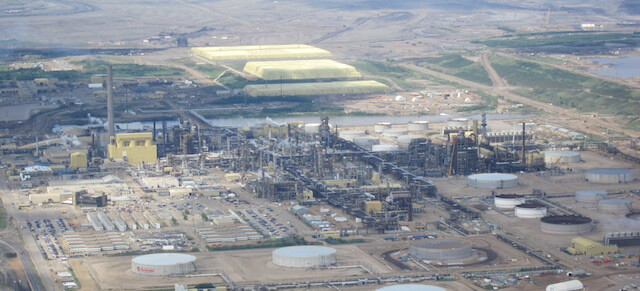Alberta’s economy is extremely vulnerable.
There’s no other way to read the latest report from the Carbon Tracker Initiative, which analyzes the “carbon cost curves” of oil projects worldwide and warns investors to stay clear of companies overly invested in “highest cost, highest risk” projects.
Why? These are the projects most likely to become stranded assets in a world rapidly moving to low-carbon alternatives.
According to the report, Alberta’s oil sands are expected to attract the largest percentage of global capital assigned to these risky and expensive projects between 2014 and 2025. It defines such projects as those having a breakeven point that is at or above an US$80-per-barrel oil price, meaning they would require a sustained market price of at least $95 per barrel out to 2025.
The report found that nearly $400 billion has been committed to the Alberta oil sands, representing 36 per cent of highly risky oil projects. “The oil sands of Alberta dominate,” says the report. “This is followed by unconventionals on the U.S. Gulf Coast, and deepwater in the Gulf of Mexico and Brazilian pre-salt.”
Among companies focused on the oil sands, those identified as having the greatest absolute exposure to these risky assets include Canadian Natural Resources (CNR), Suncor Energy, Shell, Cenovus Energy and Athabasca Oil Sands.
Of those, CNR, Cenovus and Athabasca Oil Sands were found to be most vulnerable for having more than 50 per cent of total capital expenditures over the next 10 years earmarked for oil sands projects.
These and similarly exposed publicly traded companies are “the starting point for investors seeking to reduce their exposure to the high end of the cost curve,” the report advises.
And its advice for the companies most affected? “Reducing high cost options may be viewed favorably by the market as a way of cutting capex and maintaining dividends (for shareholders),” it says.
Alberta – and the entire Canadian economy it would seem – is building its economy on a fragile, high-carbon house of cards. If and when this house comes crumbling down, it will affect more than just the portfolios of investors.







